Photo AI
Last Updated Sep 24, 2025
Marketing Process Implementation Simplified Revision Notes for SSCE HSC Business Studies
Revision notes with simplified explanations to understand Marketing Process Implementation quickly and effectively.
378+ students studying
Marketing Process Implementation
Imagine running a business and launching a marketing campaign. How do you ensure its effectiveness? How is success measured in these situations? The marketing process phases of Implementation, Monitoring, and Controlling offer a strategic framework.
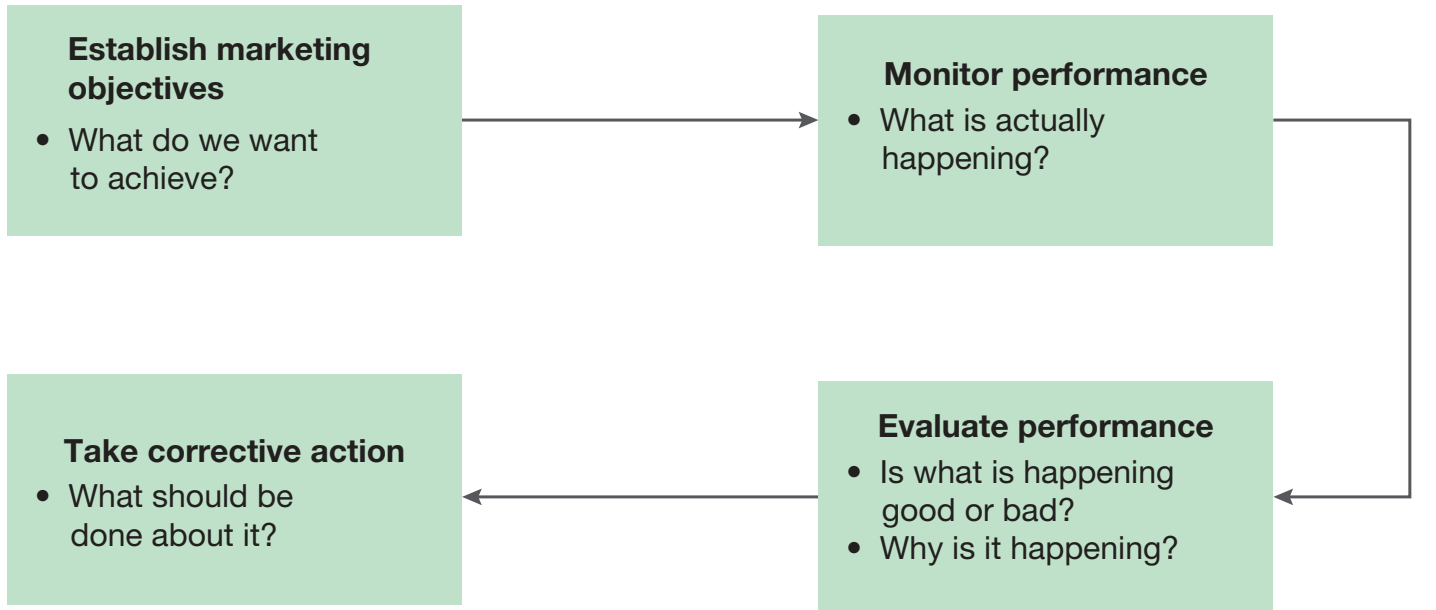 This flowchart highlights the role of each phase in the marketing process.
This flowchart highlights the role of each phase in the marketing process.
Definitions and Significance
Understanding these phases is essential for business success. They align marketing activities with objectives such as increasing market share and building brand loyalty.
- Marketing Process Phases:
- Implementation: Execution of planned marketing strategies, akin to distributing flyers for a school event.
- Monitoring: Continuous assessment, similar to checking the number of flyers picked up.
- Controlling: Taking corrective actions, such as printing more flyers if demand increases.
Mini Glossary
- Implementation: Executing marketing strategies.
- Monitoring: Assessing ongoing marketing efforts.
- Controlling: Corrective measures to align planning with results.
- Financial Forecasting: Predicting budget needs.
- Variance Analysis: Identifying performance gaps.
- Strategy Revision: Adjusting strategies based on feedback.
Implementation of Marketing Strategies
I. Simplified Definition and Role in Marketing Process
- Implementation: Implementation involves putting planned marketing strategies into action.
- Role:
- Serves as a bridge between planning and operations.
- Transforms plans into actionable steps for success.

II. Expanded Estimation of Costs and Revenues
- Estimation of Costs:
- Cost Estimation serves as a performance benchmark.
- Cost Elements:
- Market Research: Understanding consumer needs for effective targeting.
- Product Development: Essential for creating new offerings.
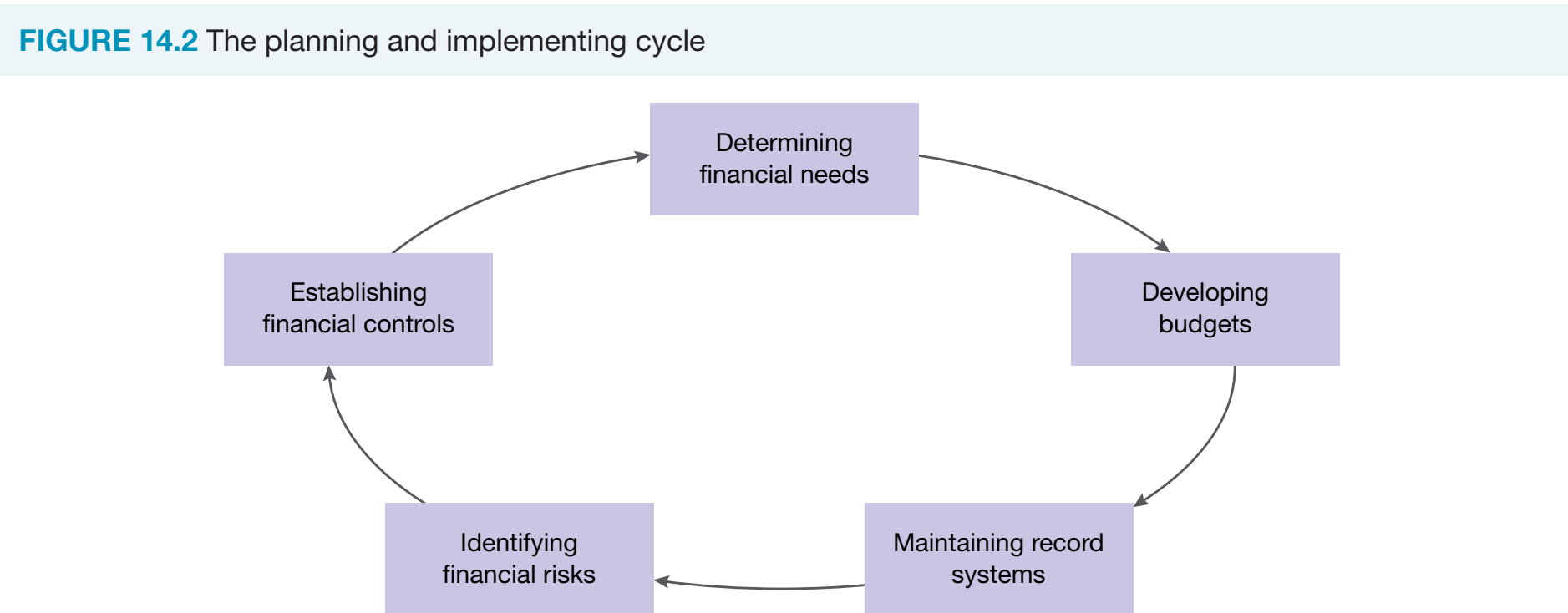
III. Organisational Structure Impact
- Hierarchical vs Flat Structure:
- Hierarchical structure offers clear authority and accountability, suitable for large companies.
- Flat structure promotes swift decision-making, preferred by dynamic companies like Google.
Benefits of Flexible Structures:
- Quick adaptations to market changes.
IV. Financial Forecasting
Financial forecasting in marketing involves predicting financial conditions to guide decision-making processes. It is vital for aligning resources with strategic marketing objectives, ensuring decisions on budgets and product launches are based on accurate forecasts.
Why Financial Forecasting Matters:
- Informed Decision Making: Supports budget allocation using historical data to predict future outcomes.
- Strategy Viability: Evaluates strategies to mitigate financial risks.
Revenue Forecasting
- Techniques for forecasting future earnings include:
- Trend Analysis
- Market Projections
Monitoring Marketing Performance
Monitoring Marketing Performance: Regular evaluations to determine if marketing goals are being met.
- Key Performance Indicators (KPIs): Metrics to evaluate the success of marketing efforts.
- Sales Growth: Measures the increase in sales.
- Market Share: Reflects the company's portion of total sales in the market.
"Choosing the right KPIs is critical for strategy alignment."
Techniques for Monitoring Marketing Performance
- Data Collection Methods: Utilising surveys and analytics.
- Customer Feedback Integration: Essential for refining marketing strategies.

Overview of Variance Analysis
Variance Analysis: A quantitative assessment of differences between planned and actual performance metrics.
-
Methods for Identifying Deviations:
- Utilising data tools like QuickBooks and SAP.
-
Corrective Actions and Strategy Alignment
- Balanced Scorecards: Evaluate strategic goals via scorecards.
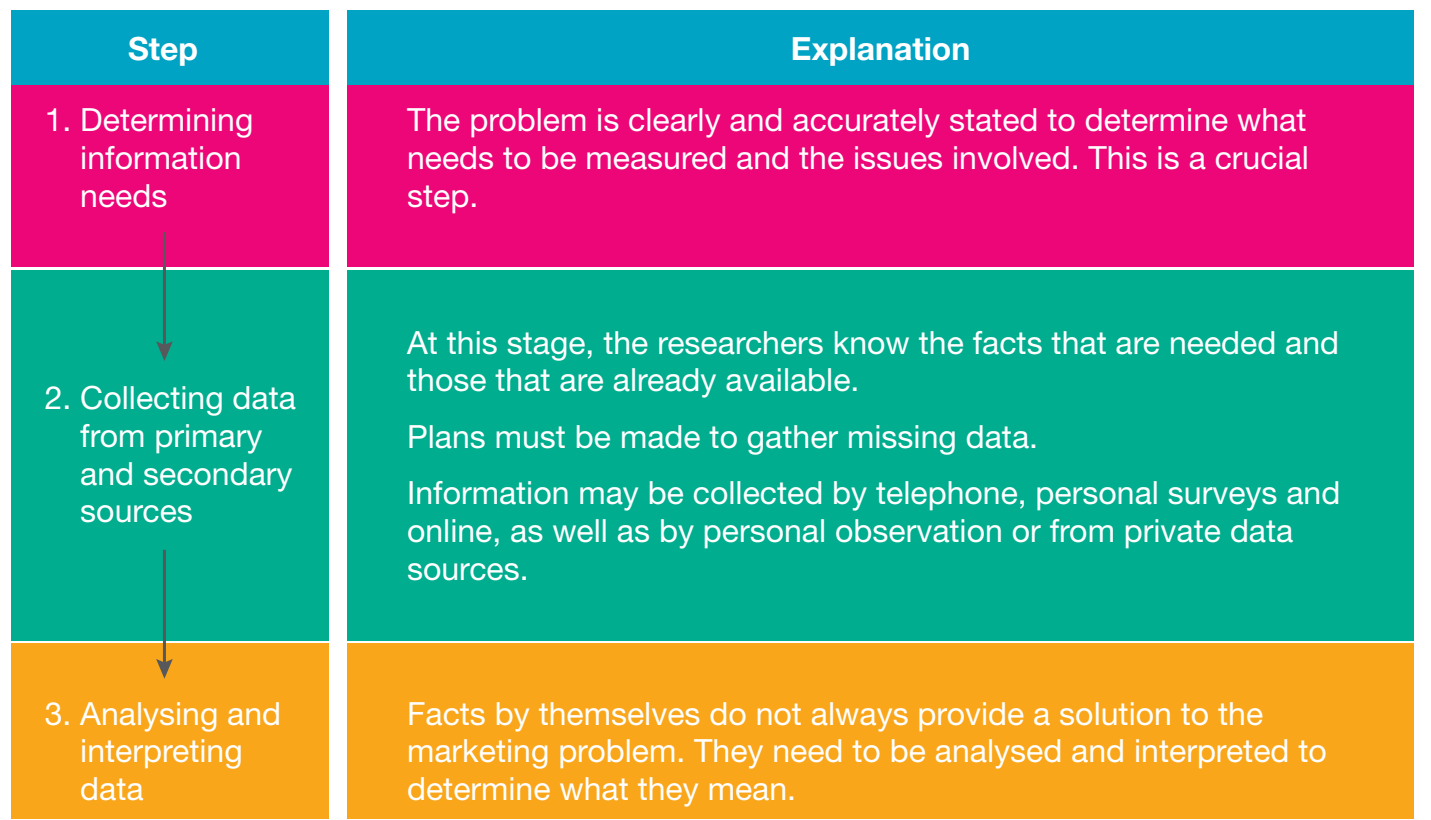
Importance of Revising Marketing Strategies
- Definition and Necessity: Revising marketing strategies is crucial for maintaining a competitive advantage and achieving sustained growth.
The Revision Process
- Modifying the Marketing Mix (4Ps):
- Product, Price, Place, Promotion
"Understanding KPIs" - Each KPI should be evaluated to understand its impact.
- Real-World Examples and Case Studies
- Netflix Transition: Transitioned from DVDs to streaming, investing in exclusive content and personalised recommendations.
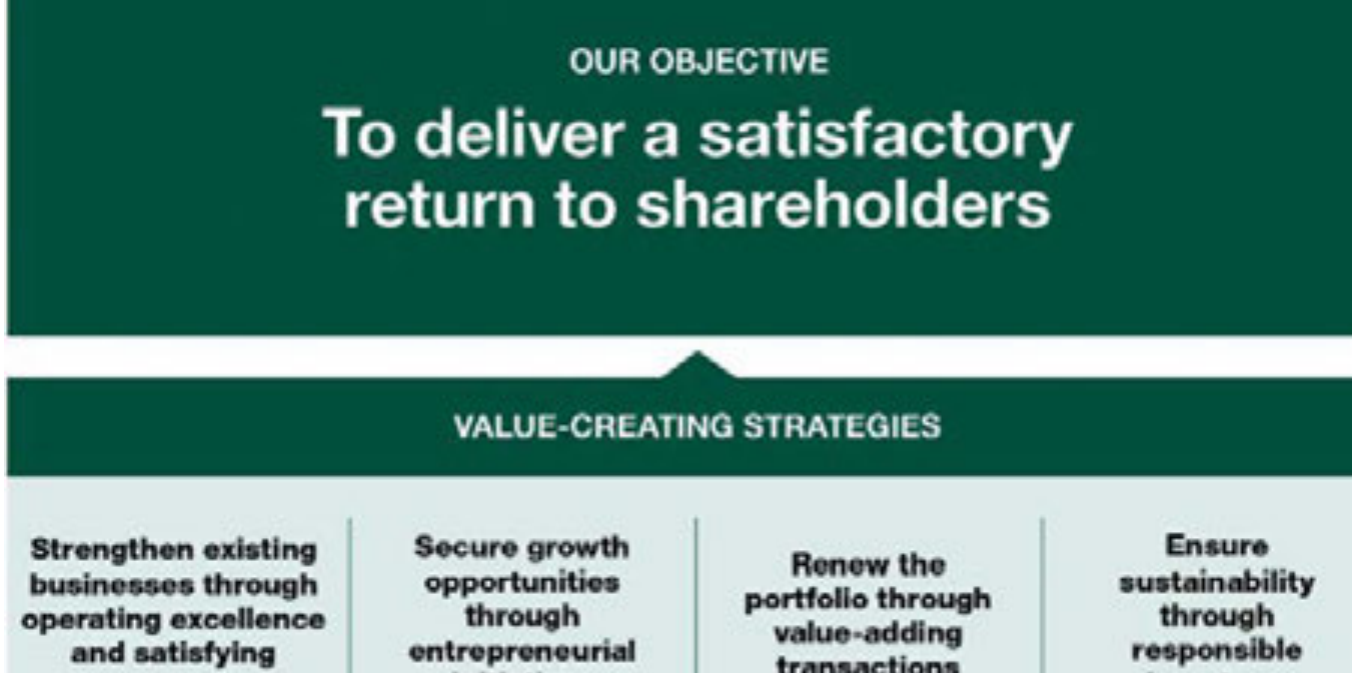
Conclusion
Reflect on these processes and contemplate how you might apply them to a personal or hypothetical business scenario. Consider developing a mini-marketing campaign for a school event to practice effectively implementing, monitoring, and controlling strategies.
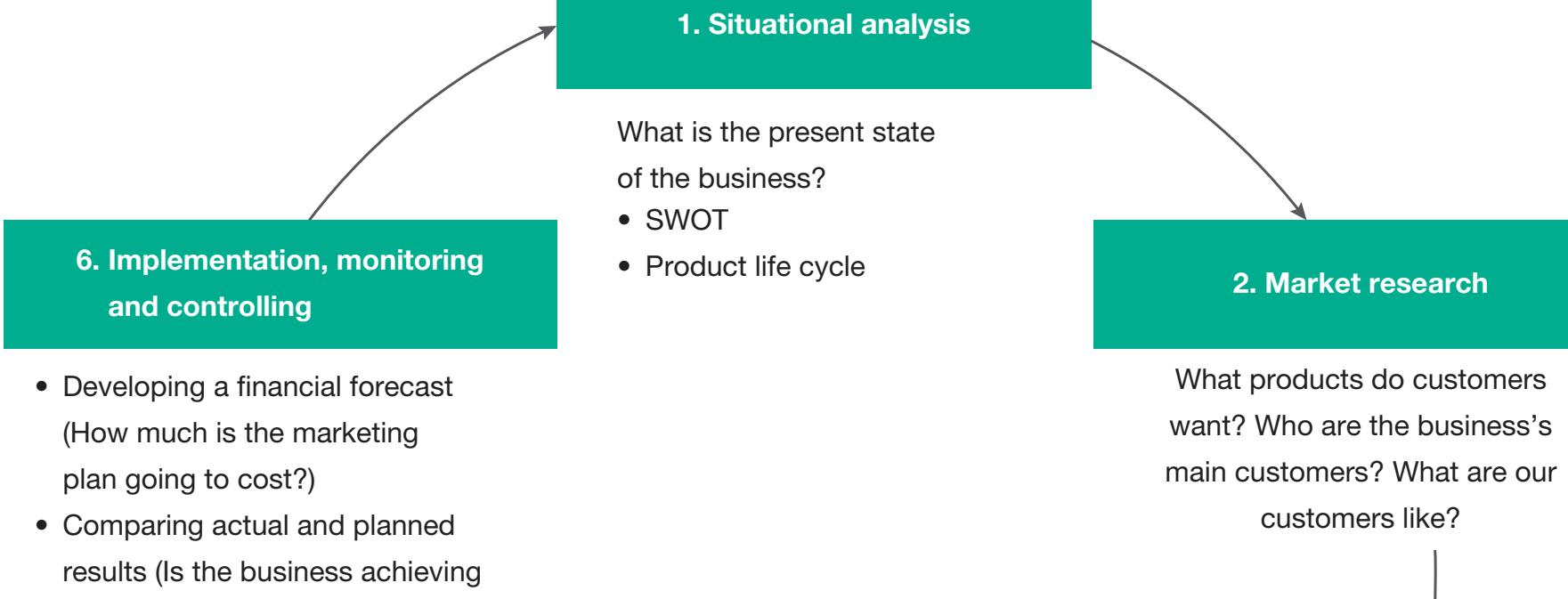
Tools in Use
- Advanced Analytics Platforms: Provide real-time insights and automation, analogous to project management tools assisting students in managing assignments.
- CRM Systems: Organise data efficiently, similar to how spreadsheets help organise club or committee activities.
500K+ Students Use These Powerful Tools to Master Marketing Process Implementation For their SSCE Exams.
Enhance your understanding with flashcards, quizzes, and exams—designed to help you grasp key concepts, reinforce learning, and master any topic with confidence!
270 flashcards
Flashcards on Marketing Process Implementation
Revise key concepts with interactive flashcards.
Try Business Studies Flashcards29 quizzes
Quizzes on Marketing Process Implementation
Test your knowledge with fun and engaging quizzes.
Try Business Studies Quizzes85 questions
Exam questions on Marketing Process Implementation
Boost your confidence with real exam questions.
Try Business Studies Questions4 exams created
Exam Builder on Marketing Process Implementation
Create custom exams across topics for better practice!
Try Business Studies exam builder24 papers
Past Papers on Marketing Process Implementation
Practice past papers to reinforce exam experience.
Try Business Studies Past PapersOther Revision Notes related to Marketing Process Implementation you should explore
Discover More Revision Notes Related to Marketing Process Implementation to Deepen Your Understanding and Improve Your Mastery
